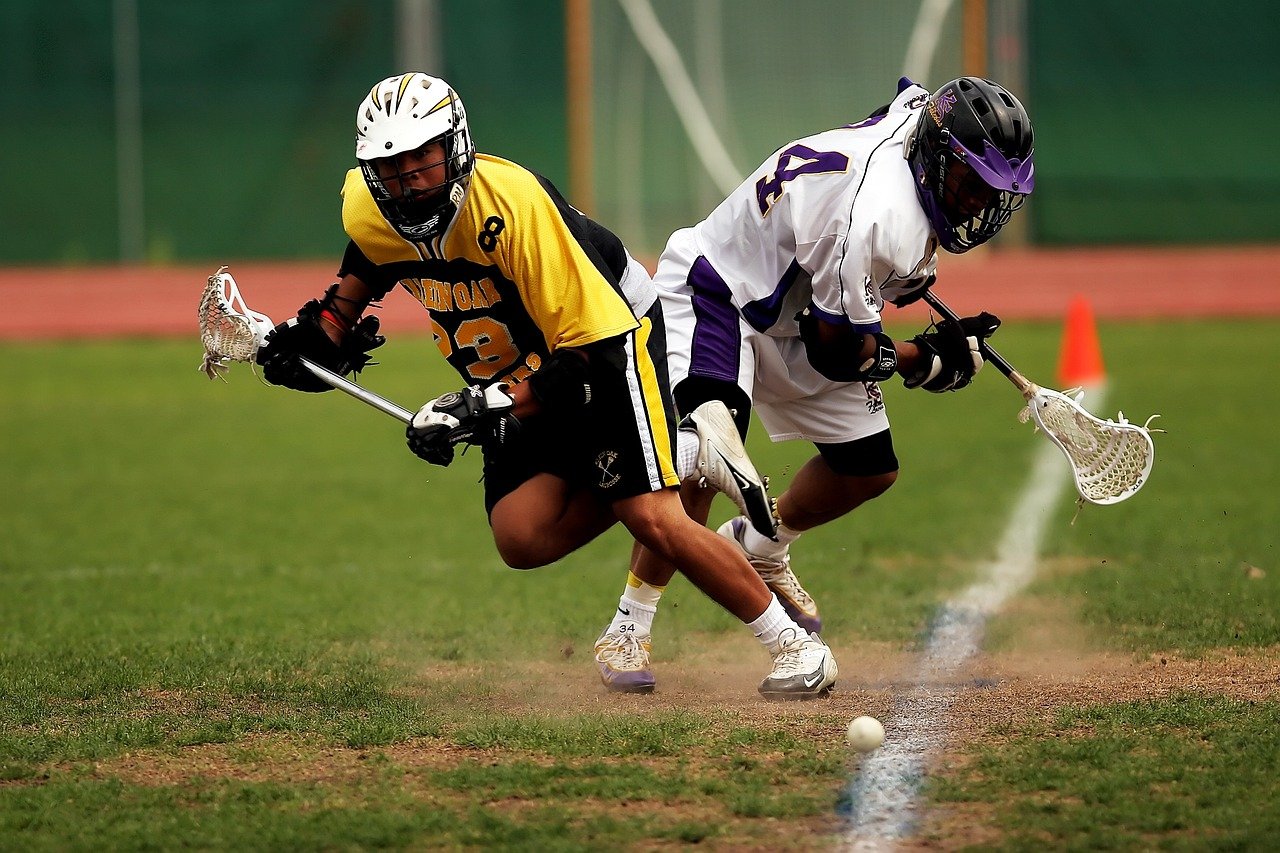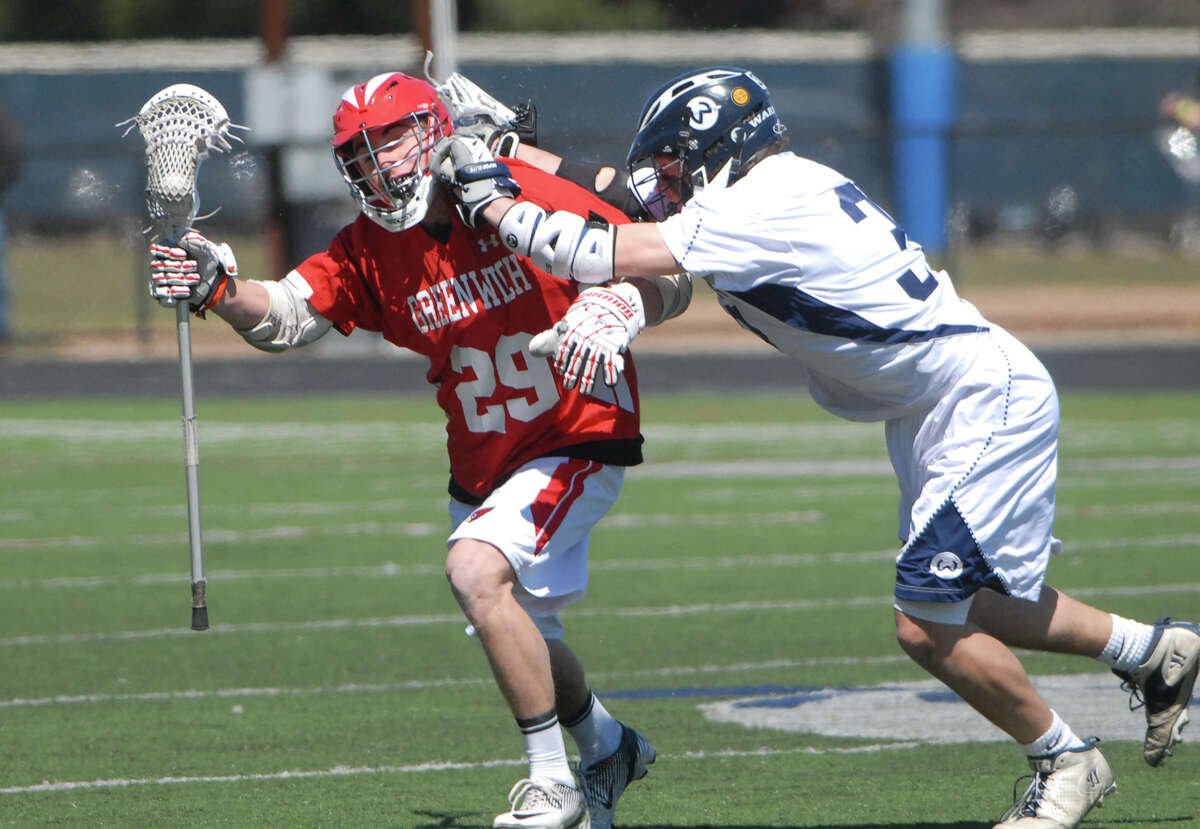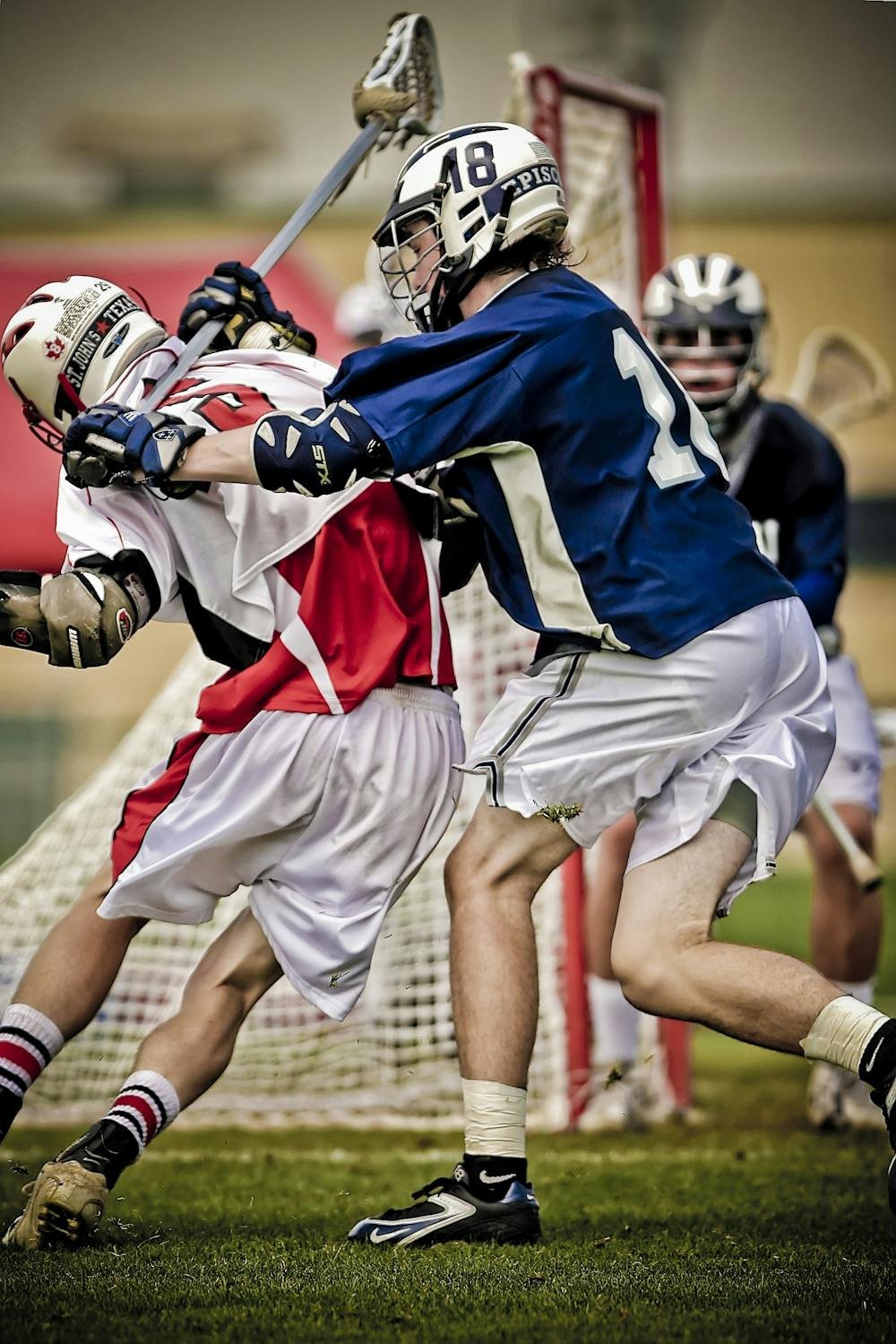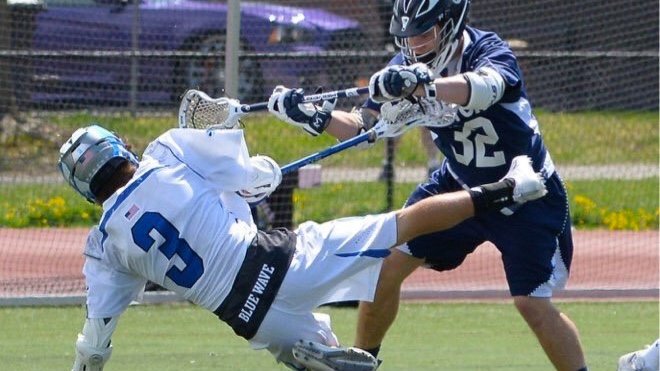
Holding in Men's Lacrosse: Rules and Types
In men's lacrosse, one of the most common fouls is "holding," which refers to when a player illegally grabs, holds, or restricts the movement of an opponent or their crosse. This article explores the different types of "holding" in lacrosse, from holding a player to restricting an opponent's crosse, and outlines the consequences of each infraction. Understanding these rules and penalties is crucial to maintaining player safety and ensuring fair play.

Tripping in Men's Lacrosse: Rules, Penalties, and How to Avoid It
Tripping is a common foul in lacrosse, occurring when a player uses their stick, body, or equipment to cause an opponent to fall. While it can be easily avoided with the right techniques, it remains a penalty that results in time penalties. In this article, we break down what tripping is, when it’s penalized, and how players can prevent this foul during the game.

Cross-Checking in Men's Lacrosse: Rules and Penalties
Cross-checking is a common yet dangerous penalty in men's lacrosse, occurring when a player uses the shaft of their crosse to push or strike an opponent recklessly or illegally. This article explains what cross-checking is, how to avoid it, and the penalties associated with this foul, which is designed to protect player safety and maintain the flow of the game.
Illegal Screen in Men's Lacrosse: What It Is and How to Avoid It
In lacrosse, an illegal screen happens when a player obstructs an opponent’s movement in an illegal way, typically to help a teammate gain an advantage. While screens are key to setting up plays, they must be performed within the game’s rules. In this article, we explain what makes a screen illegal, how to avoid it, and the penalties associated with this infraction.

The Consequences of Illegal Pushing in Lacrosse: Protecting Players and Fair Play
In lacrosse, the term "pushing" refers to a foul that occurs when a player illegally pushes their opponent, usually from behind, causing them to lose balance or putting them in a vulnerable position. This rule is essential for protecting player safety and ensuring fair gameplay. Discover the details about this infraction, when it is penalized, and the consequences associated with it in various lacrosse leagues.

Quick Explanation of Cross-Checking in Men’s Lacrosse
In men’s lacrosse, a cross-check occurs when a player uses the shaft of their stick to strike or push an opponent between their hands, which is illegal. Referees call it differently across levels—strictly in youth leagues for safety, while higher levels like college and professional lacrosse allow more physical play, so long as it’s controlled and not excessive.

